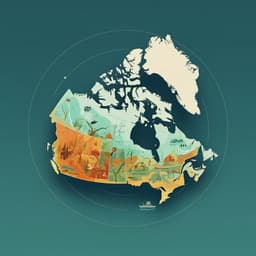
Earth Sciences
Extraordinary 2021 snowstorm in Spain reveals critical threshold response to anthropogenic climate change
D. Insua-costa, M. Lemus-cánovas, et al.
This fascinating study by Damián Insua-Costa and colleagues examines the remarkable January 2021 snowfall event in Spain, revealing how anthropogenic climate change has intensified snowfall in the northern highlands while significantly reducing it in the southern lowlands. Discover the critical temperature thresholds that could further impact snowfall by the end of the century.
Playback language: English
Related Publications
Explore these studies to deepen your understanding of the subject.







